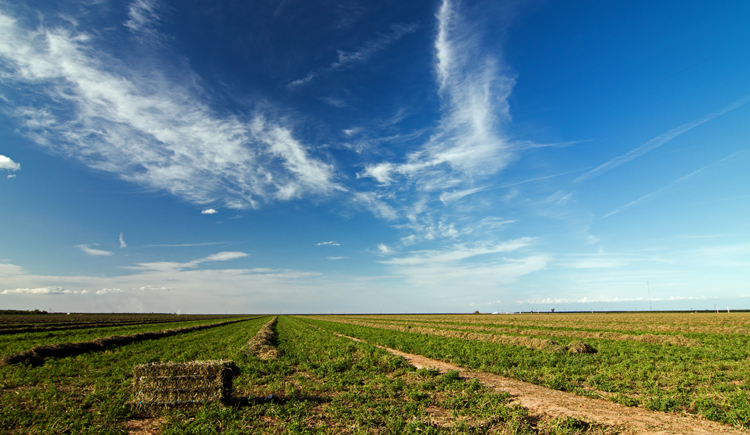
One key aspect of alfalfa production that has lagged in comparison to many other crops is the lack of steady improvements in yield.
“As a forage agronomist, I’ve been concerned about the ongoing decline in alfalfa-based crop rotations and the greater reliance on continuous cropping of corn silage and other annual row crops on many farms,” said John Grabber, a scientist with the U.S. Dairy Forage Research Center, who served as the principal investigator of the project titled, “Forage Production of Alfalfa Established in Silage Corn vs. Conventional Production Systems.” In the northern U.S., establishment-year yields of spring-seeded alfalfa are especially low, often being one-half that of subsequent full-production years, and this greatly reduces the profitability of alfalfa-based cropping systems. Planting small grain, grass, or legume companion crops can modestly improve yields during alfalfa establishment, but forage quality is often reduced. Grabber felt one way to bypass the low-yielding establishment year of alfalfa would be to interseed alfalfa into corn silage.
“During establishment, interseeded alfalfa initially serves as a highly effective cover crop for the corn silage companion crop, and then it is brought into full forage production the following year,” Grabber said. “While many aspects of this intercropping system have been worked out in recent years, one longstanding question from producers needed to be addressed: How does alfalfa establishment and forage production from this intercropping system compare with conventional production systems for alfalfa?”
An experiment designed to answer this question was the primary goal of this USAFRI Alfalfa Checkoff project. The study was a joint effort by USDA scientists at Madison, Wis., and Kimberly, Idaho. The objective of the research was to compare alfalfa establishment and the yield and quality of forage produced from alfalfa-corn intercropping systems to conventional production systems for alfalfa.

Grabber’s take-home message from the study is that alfalfa can be successfully established under a corn silage companion crop to produce higher total dry matter yields and forage of comparable quality compared to conventional production systems for alfalfa.
“One thing that did surprise us, however, was how strongly the establishment, fall regrowth, and production of alfalfa the following year were improved by an early harvest of corn silage in the intercropping treatments and by early planting of solo-seeded alfalfa in the conventional summer seeded treatments,” he said.
Grabber suggests farmers interested in alfalfa-corn intercropping begin by seeding a small field while closely following recommendations developed by USDA and University of Wisconsin scientists. These can be found online at bit.ly/HFG-alf-corn.
Grabber and his colleagues will continue their work in this area to further refine management practices and to breed alfalfa varieties that are better adapted for intercropping in corn.
A full copy of the final report can be found online at alfalfa.org.
This article appeared in the August/September 2024 issue of Hay & Forage Grower on pages 12-13.
Not a subscriber?Click to get the print magazine.

